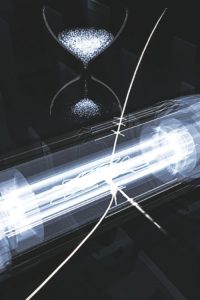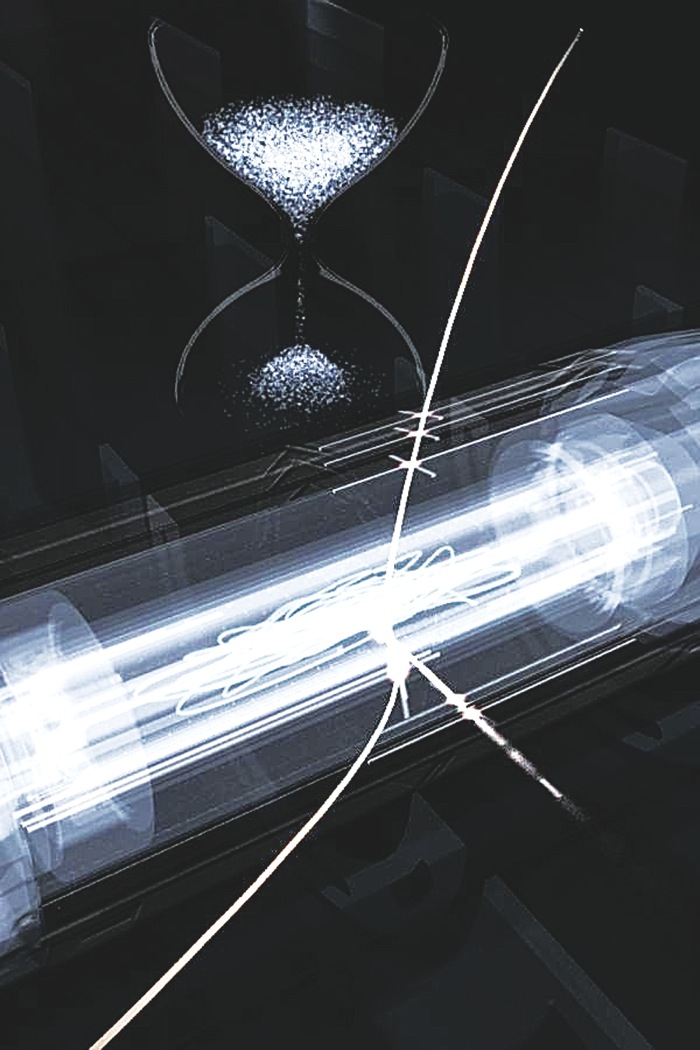Ernest Reid
Science & Technology Editor
With the help of one of York’s researchers, scientists have succeeded in trapping antimatter for close to 17 minutes. York physicist Dr. Scott Menary is one of the authors of “Confinement of antihydrogen for 1,000 seconds”, a paper published by Nature Physics on June 5.
This is the longest time antimatter has ever been contained. Menary is joined by 39 other members of the Antihydrogen Laser Physics Apparatus (ALPHA) experiment, an international collaboration at CERN.
Dr. Menary explained in an interview that fundamental questions of the universe’s origins are at the core of this experiment.
“The universe at the beginning had equal amounts of matter and antimatter,” he says. “But the question now is where did the antimatter go?”

Scientists have strong theories, “but ultimately it’s always an experimental question,” says the physicist. “You can have all the ideas you want, but you have to probe out nature to see which is the right one.”
The ALPHA experiment aims to produce, trap, and study antihydrogen atoms. The team chose antihydrogen because it is the easiest anti-atom to make, with just one anti-proton and anti-electron. “Even antihelium is way beyond what we can do at this moment,” Dr. Menary says.
Measurement precision is also an advantage. Hydrogen’s energy levels are known incredibly well, down to the 14th decimal place. Studying antihydrogen will give scientists a precise understanding of antimatter not possible with other elements.
Preparing antihydrogen for analysis requires waiting and repetition. Only the least energetic antimatter particles will survive and stay in the trap. ALPHA scientists make thousands of anti-atoms, Menary reveals, but they jump out of the trap, hit the wall and annihilate themselves.
But the team has succeeded in capturing antimatter before.
“We published a paper last year where we only waited 170 milliseconds,” Dr. Menary says. “People said, ‘why did you wait two tenths of a second?’ Well, the reason we did that is we wanted to know if we had any. There’s no way to know if you actually got the [antihydrogen atoms] until you release them.”
In principle, the team’s process could contain the antimatter for as long as they want.
“A thousand seconds is kind of an arbitrary amount of time”, he admits. The team is interested in refining their techniques and actual measurements of the antimatter have yet to happen. “We’ve been spending all our time perfecting trapping [anti-atoms]—we haven’t studied them yet. We’re just interested in how many we got.”
It’s too early to speculate on applications for antimatter.
“Most of the speculation is about propulsion of rockets,” comments Dr. Menary. “Unless someone thinks of a very clever way to make a lot more, that’s just not happening.” The team only collected 309 atoms, “which is nothing,” he says.
When asked about the media coverage of the experiment, Dr. Menary replied: “there is a public fascination with this research and to be perfectly honest, I don’t understand why. I’ve worked with antimatter for twenty years, I’ve been on papers I thought were more important than this…but for some reason this [paper] catches the imagination.”
He finishes by saying the paper is “probing our world at the most precise level there is, and it’s trying to answer really profound questions, like how did our universe evolve and other questions which, I think, are inherently interesting.”
York prof harvests antimatter at international CERN experiment


